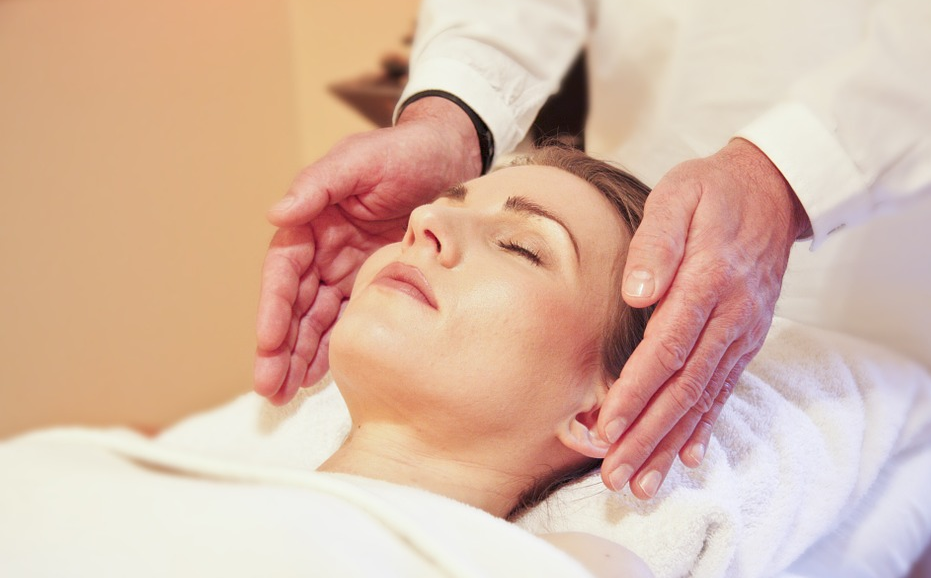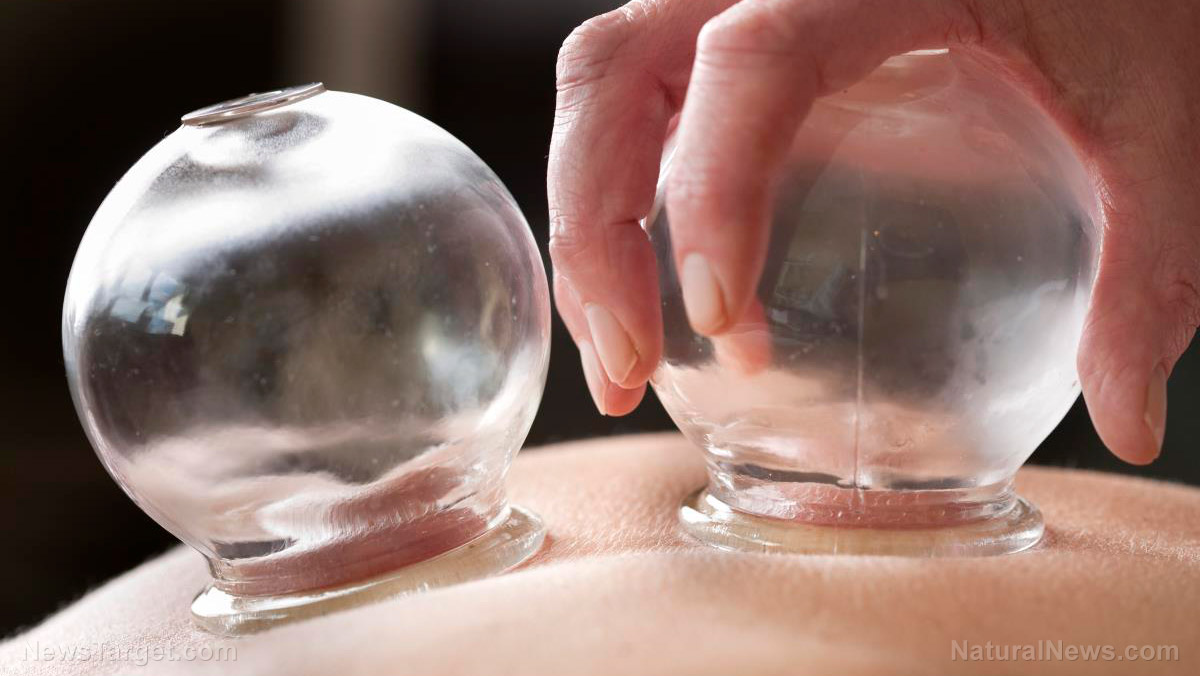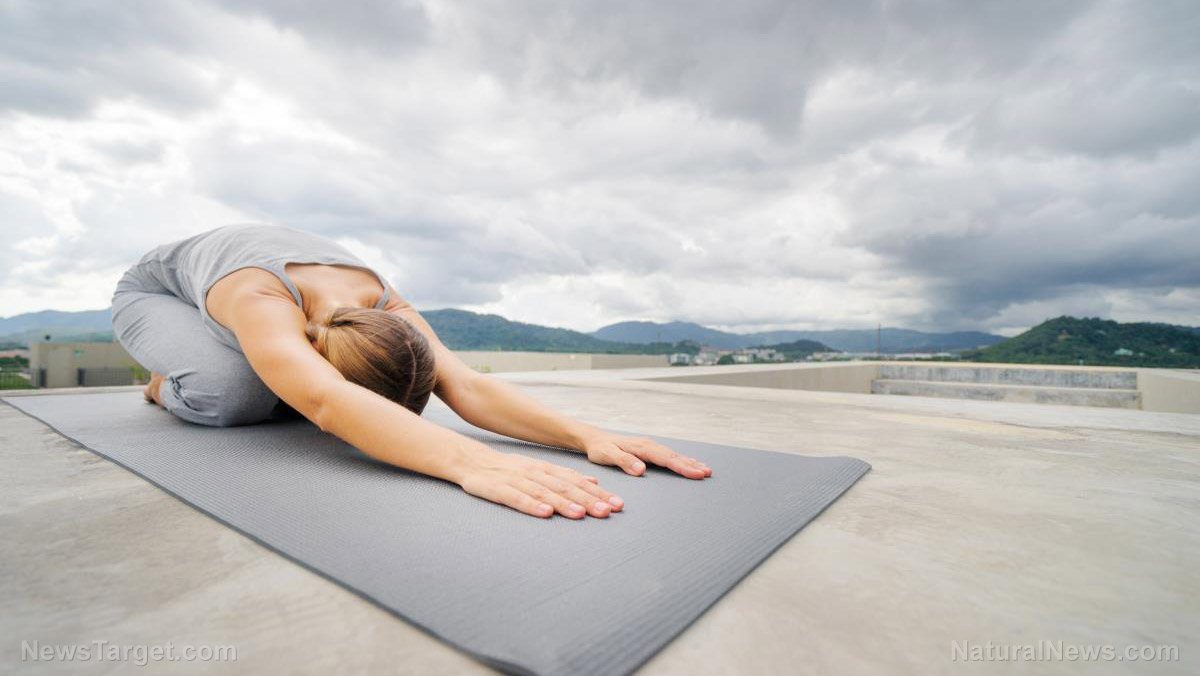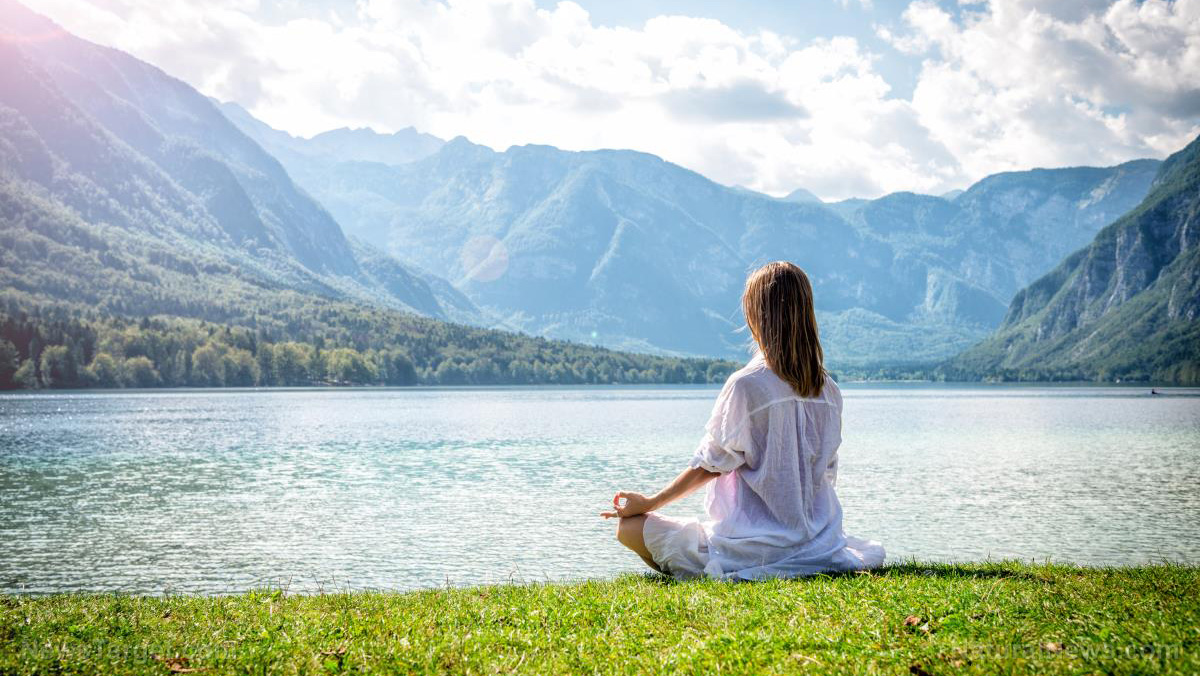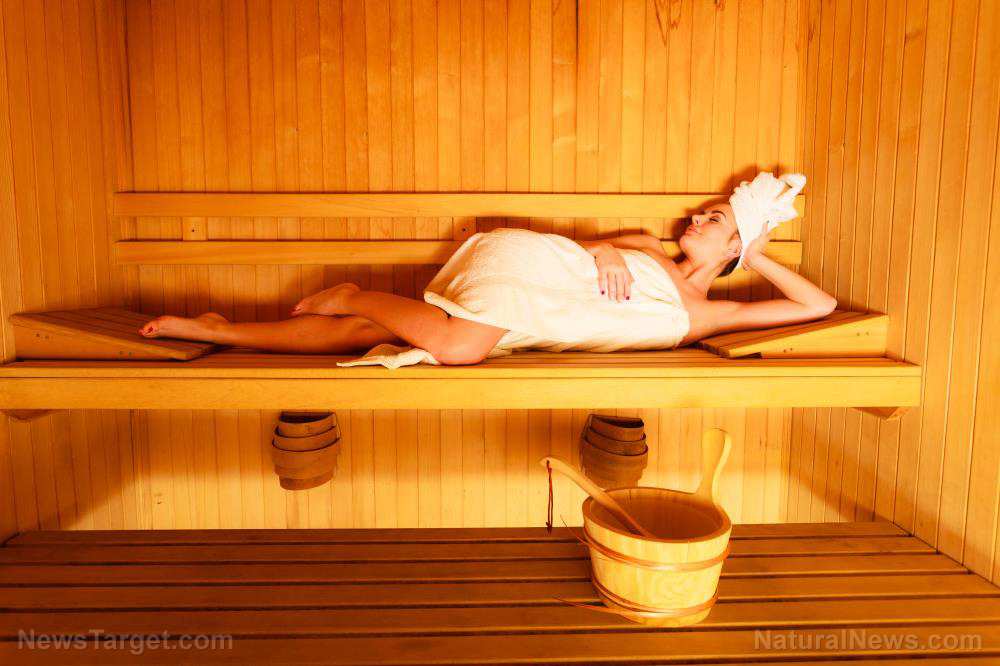Light therapy – sources, health benefits at NaturalPedia.com
12/14/2017 / By Rita Winters
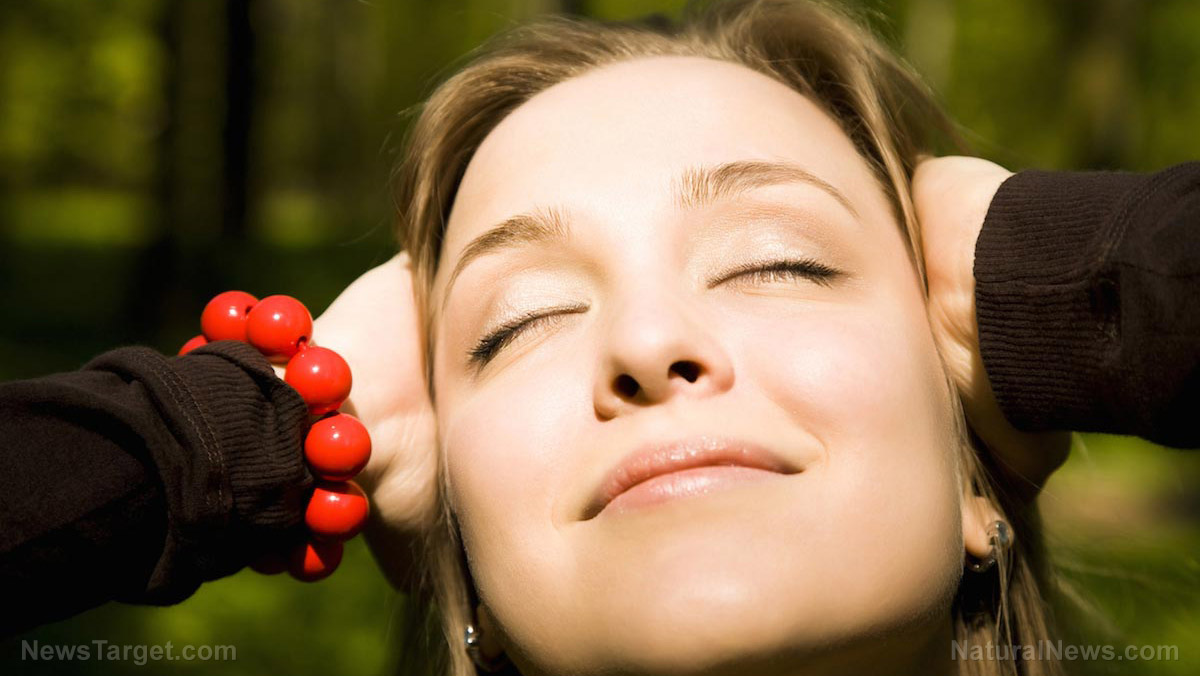
Light therapy, also known as phototherapy, is a new kind of treatment for seasonal affective disorder (SAD) and other conditions by exposing an individual to artificial light. SAD is a type of depression that usually occurs during the days of the year with fewer hours of sunlight, usually in the fall or winter. Light therapy is done by sitting or staying close to a device called a light therapy box, which gives off a bright light that mimics natural outdoor light.
This type of therapy is thought to affect brain chemicals that control mood and sleep, and may also help with other types of depression, sleep disorders and other conditions. Light therapy can also be used for adjusting to a nighttime work schedule, jet lag and severe conditions such as dementia. Ultraviotlet (UV) light therapy is a variation of this therapy which is used to treat skin conditions such as psoriasis (reddish, scaly skin). It is generally safe, and is often used to increase the effectiveness of psychotherapy, and may help an individual take lower doses of antidepressant medication.
Some people mistake tanning beds as an alternative to light therapy boxes. Tanning beds emit harmful UV light that can cause skin and eye damage. Light therapy boxes are designed to emit as little UV light as possible. No scientific proof is available for the claims that some people make regarding tanning beds as alternatives to proper light therapy boxes.
Undergoing light therapy has three key elements: intensity, duration and timing. Intensity entails the strength of the light emitted from the box, which is recorded in units known as lux. Doctors who recommend light therapy will specify an intensity, such as 10,000 lux at a proximity of 16 to 24 inches from an individual’s face for treating SAD. Duration encompasses the length of time in which you are exposed to the light therapy box – some sessions last 20 to 30 minutes, other take an hour or more. Some people find light therapy most effective in the morning after waking, hence the element of timing.
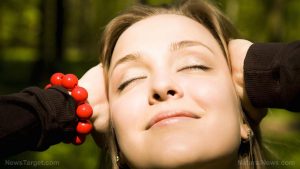
Health benefits of light therapy
Natural sunlight helps you produce the necessary hormones your body needs to function. Having not enough sunlight daily may cause your body to be low on these hormones and thus lower the production of vitamins and minerals, which may lead to SAD. Light therapy helps regulate the natural rhythms, or circadian rhythms, of our body and mind during the time of year when days are shorter and nights are longer. Humans work on a day-night cycle, determined instinctively by the amount of environmental light. Light therapy during the fall and winter season helps a person get proper sleep, fight mental conditions such as depression and dementia, and attention deficit hyperactivity disorder (ADHD).
Body systems supported by light therapy
Light therapy is focused on addressing mental dysfunction during the fall and winter seasons, but may also help with certain skin conditions such as psoriasis.
However, light therapy may cause some mild and short-lasting side effects such as eyestrain, headache, nausea, irritability, agitation, mania, euphoria and hyperactivity (usually associated with bipolar disorder).
Where to learn more
- Light therapy naturally increases blood flow and boosts brain cell mitochondrial function, research shows
- Light Therapy and Fluoxetine Are Equally Effective for Winter Depression (press release)
- Scientists validate light therapy field of holistic medicine: light can halt pain
- Light therapy stops tooth loss in dental patients with periodontal disease
- Let The Sunshine In: How To Stay Happy This Winter
Summary
Light therapy is a new type of treatment for seasonal affective disorder (SAD).
Light therapy can also help with other types of depression and cognitive disorders such as ADHD and dementia.
Sources include:
Tagged Under: light therapy

